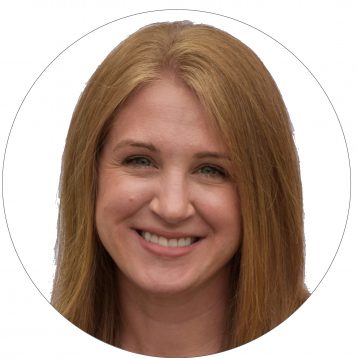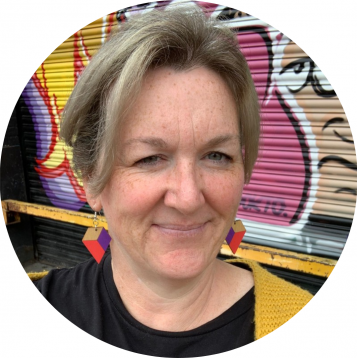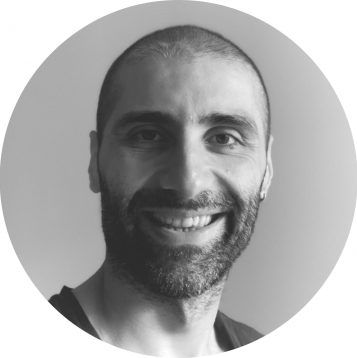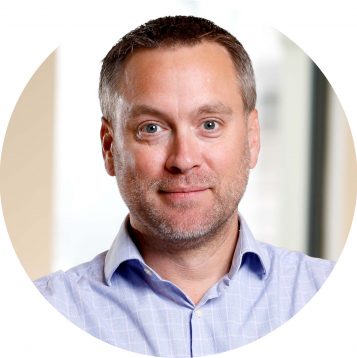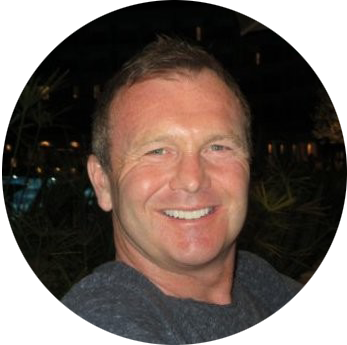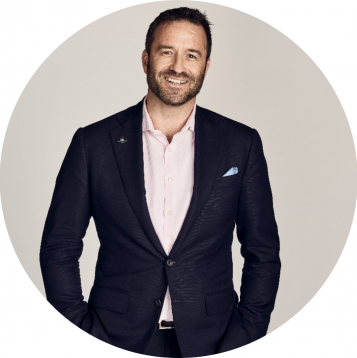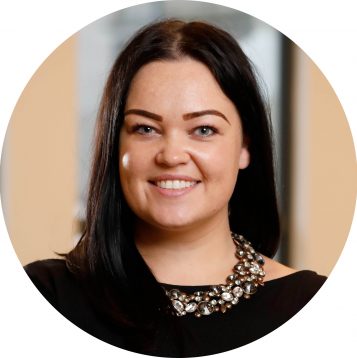Pat shares his thoughts on the biggest barriers organisations face as they scale-up and also valuable insights on how businesses can manage this change in a recent Q&A on Business Leader.

What are the most common barriers to growth that the scale-up businesses you deal with face?
In the last year, Sullivan & Stanley has transitioned from a startup into a scale-up, so I’ve experienced first-hand how hard it is to maintain growth.
As a founder, you need to realise you can’t do everything. In the startup phase, you hold every position for everyone. So, making the realisation at the beginning of your scale-up journey to share the load and hire people into the areas you aren’t great at, is crucial. To successfully scale you need the right people in the executive team to fill the capability areas to execute on the strategy.
However, too many leaders find it hard to let go of their ego, hiring ‘B’ and ‘C players’. The point they miss with this is for a business to get through the desert (a place where you’re too big to be small and too small to be big) you need ‘A players’.
At Sullivan & Stanley, we regularly advise our clients to bring in coaches to help organisations to grow and manage change. It’s important to practice what you preach, so recently we created a new role at board level, which we’ve called Chief Strategic Coach. The primary role of this, which is being led by Adrian Stalham, an experienced organisational and leadership coach, is to guide the organisation to peak performance, as well as help nourish and protect our culture and the magic of what makes us who we are, whilst scaling up.
Not many organisations hire a coach to hold the board, team and business accountable, making sure the organisation delivers against its strategy while staying true to its vision. To transition from a lifestyle to a performance business, I believe this is one of the most valuable components in making it through the desert.
What other trends are you seeing around businesses that are looking to scale?
A big trend I see is businesses failing to marry the original team with the new team. It’s a tough time for an organisation to cross with 15 to 5o people.
There are the original people, who want to nurture the start-up vibe, but can get frustrated with the extra processes and measurements that may come with being a performance business. So, it’s important to manage this effectively. You need everyone to be aligned and brought into the vision as it’s not just a journey for the business, it’s a journey for the people too. Individuals should grow and be challenged with the organisation, coming out the other side, with the business, a better version of themselves.
Another trend is businesses hiring for the sake of hiring. This means organisations getting their talent wrong and in response, being suffocated with people issues. In a previous life, I was part of an organisation’s growth from 50 to over 100 people. There was a rush to hire, meaning the wrong people were brought in, which resulted in nearly half the workforce being removed the following year. It’s a mistake I’d never make again.
An additional trend I’ve seen is organisations scaling too fast. With the chaos of growing and investing, it means there is little time to pause and reflect on whether the work being done is aligned to the vision. This is where businesses lose their magic – the spark and culture that ignited the organisation at the beginning.
At Sullivan & Stanley, we are determined to keep this magic as we grow, so aside from utilising our Chief Strategic Coach, we also work in 90-day cycles. Everyone is accountable within these 90-days in achieving individual goals, which contribute to the bigger picture of helping the business grow. By reflecting at the end of these cycles, we can access what is working, what we could do differently and whether the magic is still guiding us there. This is something we also do with our clients, making sure we deliver value every 90-days, as we know as a business it works.
To join us on our journey and keep up-to-date with the latest news and opinions from the world of change and transformation, follow us on LinkedIn and Twitter.











